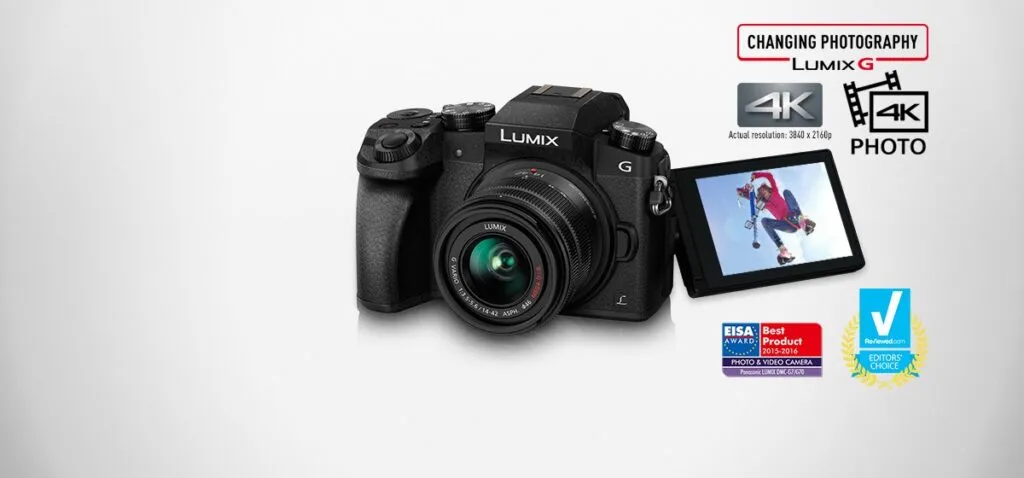
Hello, everybody, and welcome back. It’s Leo from LensClear. Today, I want to talk about one camera that has been a workhorse for many photographers: the Panasonic Lumix G7. It’s 2025, and with all the new tech flooding the market, one question remains: is the Lumix G7 still relevant? I’ve spent a considerable amount of time with it, and I’m going to share my honest, hands-on experience-give you a perspective that goes beyond the spec sheet.
The Lumix G7
The Lumix G7 came out back in 2015 and was a huge game-changer within the world of mirrorless cameras. More than its spec, it became more about ease of access and performance. For the first time, it took 4K video into the consumer price and gave an adequate marriage with acceptable stills. In fact, it was for long cited as the point of entry to 4K videography, though today it remains an option on the used camera market. I once remember picking up one myself because of the flexibility that it promised, and it is that promise which in some measure is now translating into years of close service with many photographers.
The G7 comes with a 16-megapixel Micro Four Thirds sensor, and for its time, delivered quite reasonable dynamic range. Moreover, the compact size makes it perfect for travel and daily carry. My favorite thing in this camera is its articulated touchscreen LCD-it makes shooting from odd angles easy. The EVF is quite responsive, and I was able to get clear visibility even in difficult light, which is one thing I personally like about any camera. Once I started shooting more video, it also provided good colour accuracy, options for flat profiles and the inclusion of zebra striping for exposure control made it a very practical choice.
Real-World Handling
So, onto how it actually feels to use:. The Lumix G7 feels solid without being overly bulky, comfortable to handle. The physical buttons are laid out in such a way that becomes instinctive after a short while. I quickly grew fond of the direct access dials for exposure and the dedicated function buttons, which allowed me to adapt to changing conditions without fumbling around menus. It’s this type of user experience that really allows you to stay in the moment rather than focusing on the camera controls. One of my first complaints was the plastic casing around the body of the camera, but after all these years I haven’t had any issues with its durability. This speaks to Panasonic’s overall build quality.
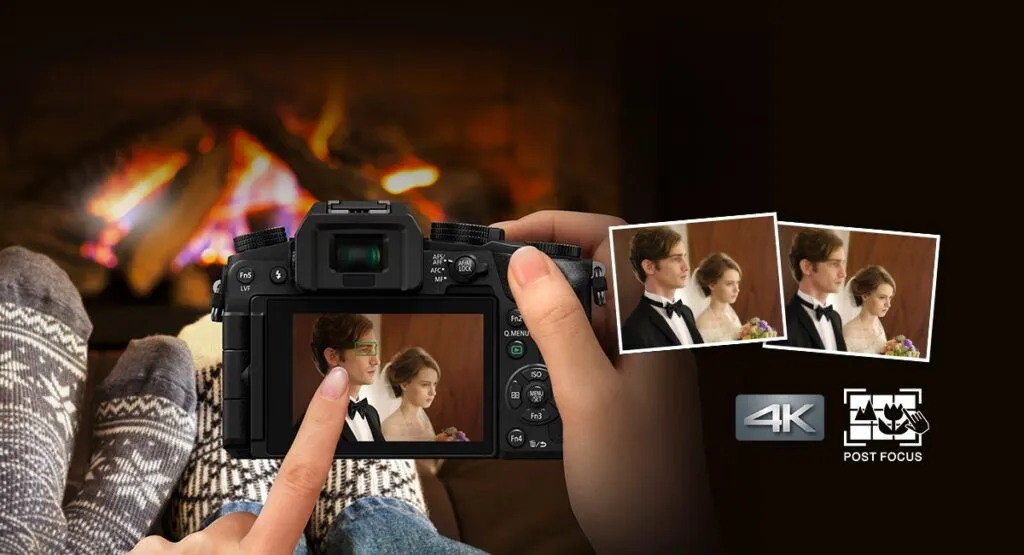
The focus performance is still quite snappy – it is obviously not as fast as latest mirrorless cameras but the face detection is generally reliable. When shooting video I have learned to use the single area focus, this is largely because I have some manual control lenses I like using. Touch focus system also proves useful especially for video where you have more precise control over transition of focus. One thing that can sometimes be a bother is that, while the camera does a pretty good job with auto focus, it sometimes has issues in lower light situations. That’s a reminder of the camera’s age, and can be improved by learning how to manual focus the camera instead.
Lumix G7’s Video Capabilities in 2025
The G7 is still remembered for making 4K video accessible to the masses. The 4K/30p video recording ability is something that remains quite useful, especially when you consider the fact that in 2025, most viewing devices now display content in 4K-the G7 still holds its ground in terms of image quality, detail, and sharpness. Options for 1080p at 60fps are also available on the camera, which is really useful for slow-motion work.
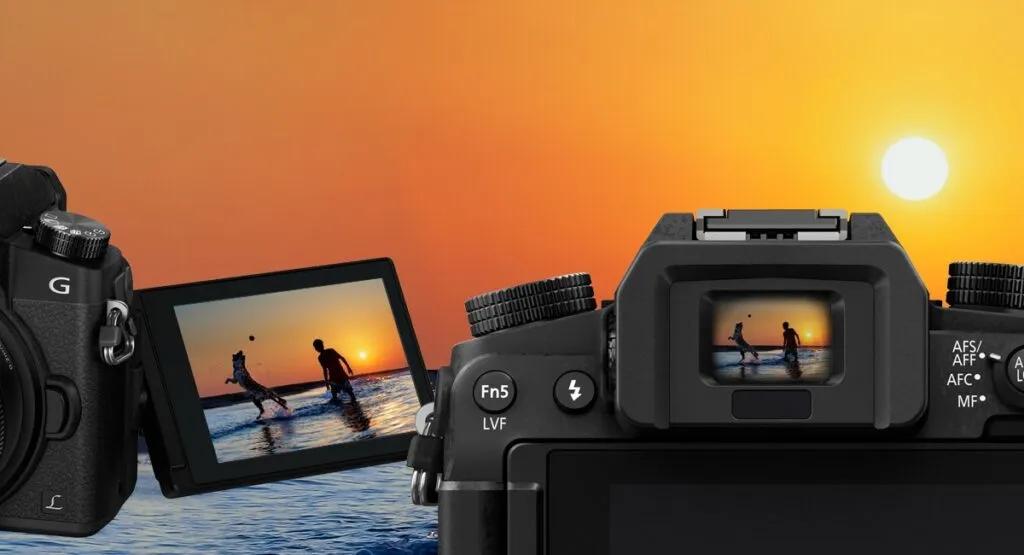
When I first got this camera, I was a lot less familiar with video techniques, but due to the capability of getting good footage, I became proficient at shooting short-form videos. The G7 allows you to experiment with different color profiles-from Natural, vivid, and even monochrome-but this camera really shines if you use the Cinelike D profile for maximum flexibility in post-production. Of course, we’re spoiled for choice now in 2025 with more sophisticated codecs and raw video, but the G7 is still a pretty capable choice as a backup or an option for those who don’t need all of those features.
Audio Concerns
One of the G7’s shortfalls is the audio options. Another thing that should be taken into consideration is that the G7 does have a 3.5mm microphone input, but it lacks a headphone jack to monitor your audio while recording-in 2025, that’s a pretty big drawback. I got around this early on by using an external microphone that had a headphone jack in it or by monitoring the audio directly from the mic using headphones. While it features good audio preamps, in practice for critical projects demanding the best, you really do want to invest in an external recorder.
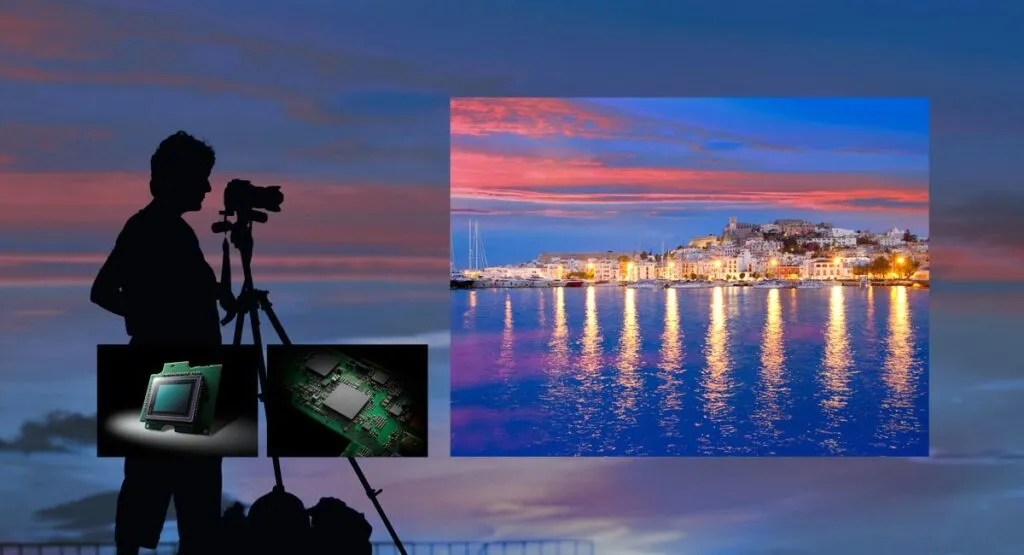
I also found it was a great camera to start on your video journey. It forces you to focus a lot more on recording good sound practices, so while being a disadvantage of this camera, it just makes you become far more serious about taking your sound recordings.
The Lens Ecosystem for the Lumix G7
The reason I got into the Micro Four Thirds system in the first place was the sheer number of available lenses, and boy, is it an extensive ecosystem. Panasonic and Olympus have made a wide range of lenses that just work swimmingly with the G7: wide-angle lenses for expansive landscapes, fast primes for that nice bokeh, versatile zoom lenses, macro options to capture those tiny details, and fisheye lenses for that unique perspective.

When I’m out and about shooting stills, I tend to favor small lenses such as the Panasonic 20mm f/1.7 or the Olympus 17mm f/1.8. These really do allow you to keep the profile of the camera very compact while delivering amazing quality. Filming video often sees me going to the Olympus 12-40mm f/2.8 pro, which is a really versatile lens and serves well in many different conditions.
Adapting Older Lenses
The Micro Four Thirds mount also makes it possible to adapt various lenses from legacy mount systems, and this is quite a thing with me. Using adapters with lenses made by Canon, Minolta, and even vintage Russian lenses, I get really unique images with those old glass. That means you can have adapters; it will force you to manual focus, which generally teaches you how to be more of a good photographer.
I just love how creative you can get with older lenses. That really opens up a wide range of possibilities that you could apply to your projects without breaking too much. Where the Lumix G7 actually shines is the aspect of the camera being an increasingly capable platform for all kinds of photography enabled by the MFT system.
Lumix G7 as a Photography Tool in 2025
While the G7 is always praised for its video, that shouldn’t take anything away from the camera in terms of photography. Sure, a 16MP sensor sounds really small, but paired with some good lenses, you can take fantastic quality images. Dynamic range is reasonable too; there’s decent information in both highlights and shadows if you take it to post-production in RAW files.
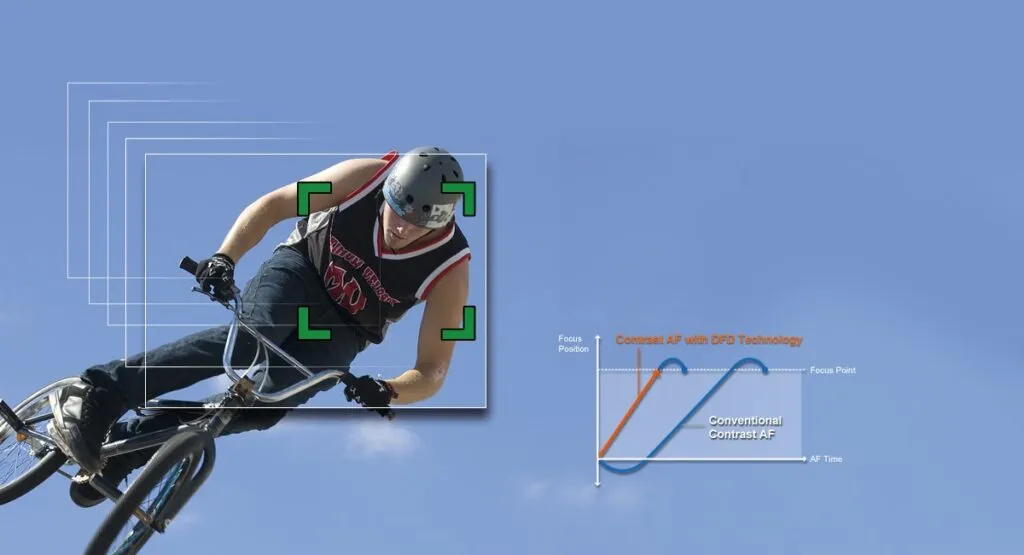
By 2025, computational photography has massively improved, but the G7 is a reliable tool in its way because it really forces the photographer to get the fundamentals right. The ability to shoot in a manual is its most valuable attribute; to understand how ISO, Aperture, and Shutter speed interact well for a photo to be exposed well, really necessary. It also has some very useful features such as bracketing, time lapse options, and a good selection of in-camera filter options.
Focusing on Fundamentals
I believe every new photographer should at some point use a camera like the Lumix G7. This is because while it’s very capable, it does not have as many ‘crutches’ as some modern cameras that rely heavily on computational photography, and the camera itself isn’t overly complex, the menus aren’t overwhelming. This is one of the key reasons I still recommend it as a useful and beneficial camera for new photographers: you get great images, but it also serves as a great learning tool.
You can’t go wrong learning the very basic principles of composition, focusing, and exposing a scene, then just making little tweaks in post-production. That is why this camera has lasted for so long in my opinion-delivers good images and taught me to be a better photographer.
Who Should Consider a Lumix G7 in 2025?
With so many newer cameras available in the market, who should still consider a Panasonic Lumix G7 in 2025? I believe it is still a very good option to consider for a number of groups:
For budget filmmakers who are just getting into video or starting that indie filmmaking project on a very low budget, or wanting to do freelance videos, the G7 is actually pretty great: good value, 4K capability, good codecs, and a very workable body. You’ll still want to invest in an external microphone or an audio recorder for a little flexibility and proper sound recording.
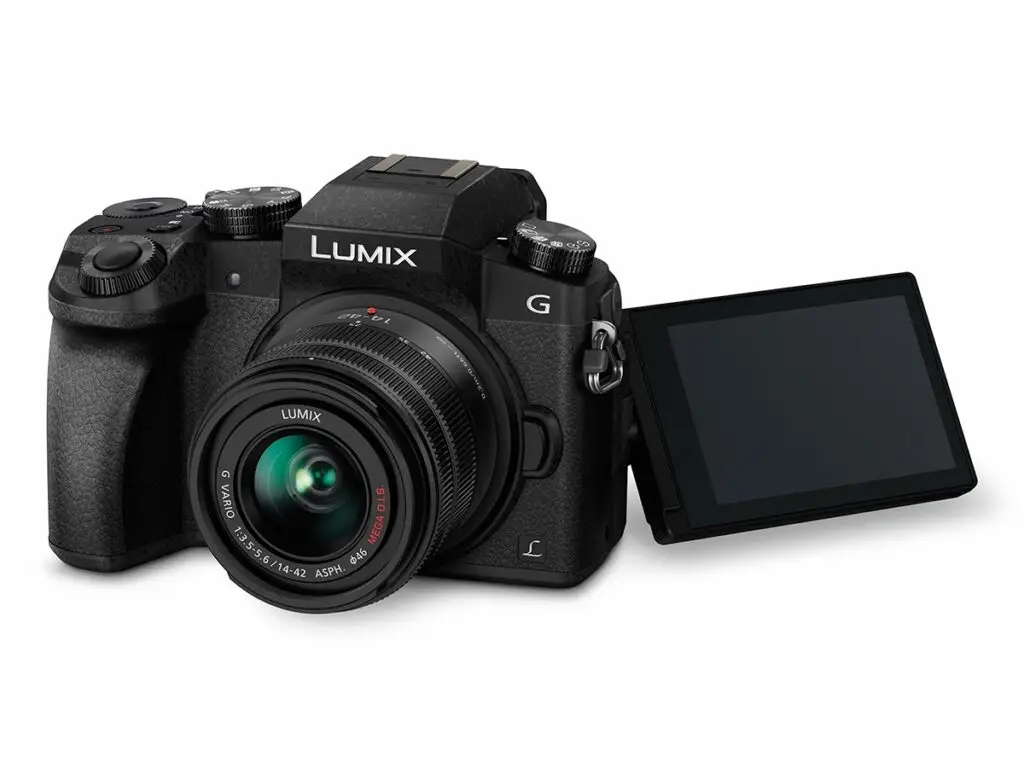
New Photographers: The Lumix G7 is ideal for people wanting to get into photography without investing too much. It is very easy to use and offers a plethora of lenses and good image quality, which is all a learner could want.
Travelers: Since the G7 is smallish in size and solidly constructed, you can pack the camera and several lenses and still not have too much weight. This is ideal when size is important. That has remained very appealing to me. I am still reaching for my G7 frequently because I know that it is reliable, will take up minimal space in my backpack and won’t break the bank if it gets damaged.
Hobbyists: The G7 will be for every photography and videography hobbyist; it literally can do any kind of shooting. It also makes a wonderful backup camera or a secondary one, which comes at a very reasonable price, especially if in really great shape, in 2025.
Professional Filmmakers: If you need raw video, higher framerates, and superior audio capabilities, the G7 might not be the best choice. Modern cameras have more advanced features that can really provide a higher quality of production. The lack of video scopes like vectorscopes and waveforms might also be a limitation for more demanding work.
Action and Wildlife Photographers: The autofocus on the G7 is good, but not optimized for fast-moving targets and quick bursts.
Low-Light Specialists: Though capable, the Micro Four Thirds sensor isn’t the best performer in very low light conditions when compared with cameras boasting larger sensors. You may find that many modern Full Frame cameras tend to have better low light capability.
My Final Verdict on the Lumix G7
Hi, I’m Leo at LensClear, and I can confidently say that even in 2025, this Lumix G7 by Panasonic holds its own. It’s a camera that does really well in giving good images with a great user experience. A rather small-sounding sensor of 16 megapixels, through the Micro Four Thirds system, does an excellent job in quality, courtesy of a whole range of different lenses, which make it well worth a look. It still manages to produce very impressive 4K video, and that’s really its main strength. It is also ideal as a beginner or even a travel camera thanks to its compact size.
The lack of some features on newer mirrorless cameras does little to dampen the practicality of the G7 with its attractive price point, matched by solid image quality. It’s not about the specs or numbers; this camera is all about creating and learning. To a great number of photographers, the Lumix G7 isn’t just a camera, but their gateway to both photography and video.
I hope this in-depth look from a working photographer’s point of view has helped you in some way. If you have any questions, be sure to leave a comment-I’ll be happy to answer them!
Reference
